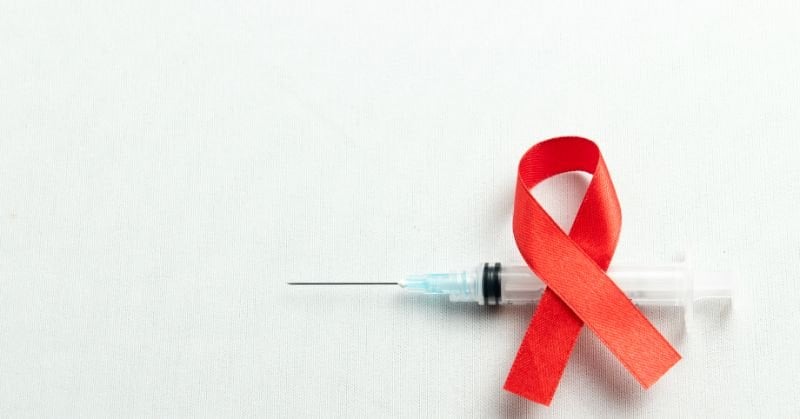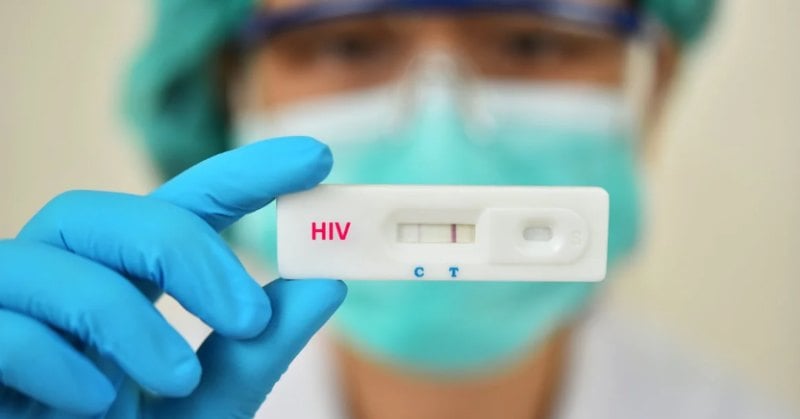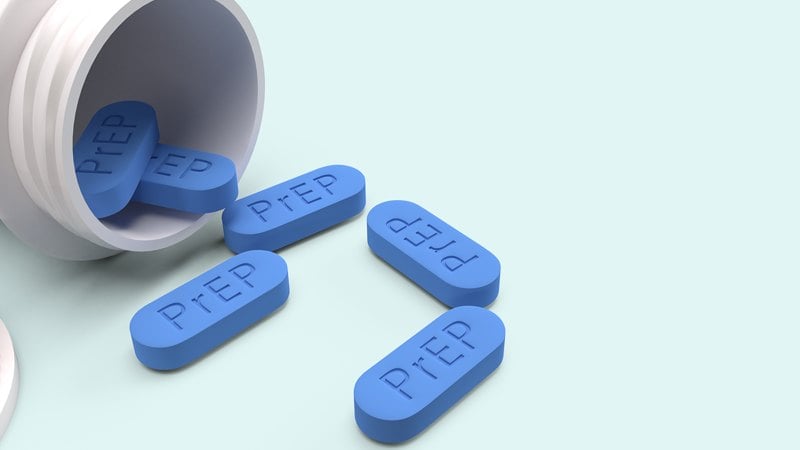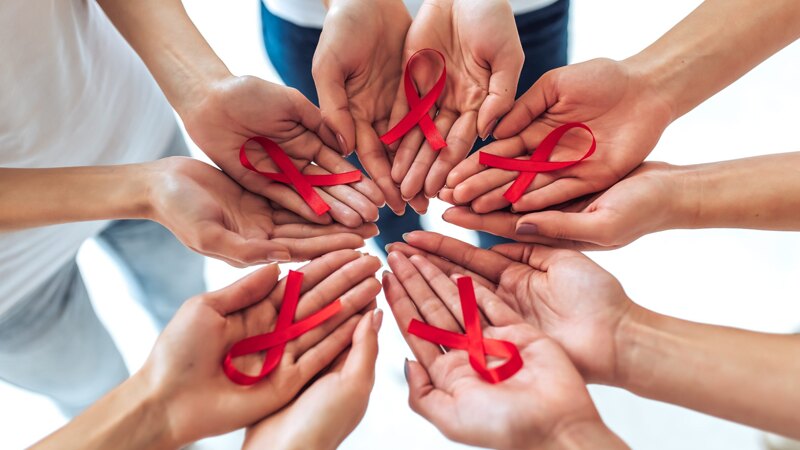Despite ongoing efforts to combat HIV, the statistics remain concerning. According to the Centers for Disease Control and Prevention (CDC), around 1.2 million people in the United States are living with HIV. With new infections occurring at an alarming rate, it's crucial to explore effective prevention strategies. One powerful tool in the fight against HIV is Pre-Exposure Prophylaxis, or PrEP.
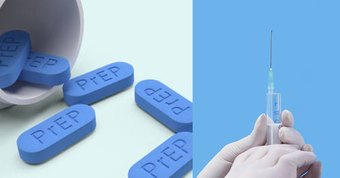
What is PrEP?
PrEP is a daily medication that can significantly reduce the risk of contracting HIV from sex or injection drug use. It involves taking a combination of two antiretroviral drugs, typically Emtricitabine and Tenofovir, which work by preventing the virus from establishing a permanent infection in the body. When taken consistently, PrEP has proven to be highly effective in preventing HIV transmission.
Benefits of PrEP
1. Effectiveness in Preventing HIV: Numerous studies have demonstrated the remarkable efficacy of PrEP in preventing HIV acquisition. When taken as prescribed, PrEP can reduce the risk of contracting HIV from sex by about 99% and from injection drug use by at least 74%.
2. Increased Peace of Mind: For individuals at high risk of HIV exposure, PrEP can provide a sense of security and peace of mind. Knowing that there is an additional layer of protection can alleviate anxiety and empower individuals to take control of their sexual health.
3. Empowerment and Control: PrEP empowers individuals to make informed choices about their sexual and overall health. By taking a proactive approach to HIV prevention, individuals can feel more in control and confident in their ability to protect themselves and their partners.
How to Access PrEP
1. Healthcare Provider Consultation: The first step in obtaining PrEP is to consult with a healthcare provider, such as a doctor or nurse practitioner at an "STD clinic nearby." They will evaluate your risk factors, provide counseling, and determine if PrEP is the right choice for you.
2. Availability and Costs: PrEP is available by prescription in most areas. While the cost can vary, many insurance plans cover part or all of the expense. Additionally, patient assistance programs and government programs like Medicaid can help make PrEP more affordable for those who qualify.
3. Support Resources: Healthcare providers and community organizations often offer support resources for individuals on PrEP, including counseling, adherence support, and access to other HIV prevention services.
Addressing Concerns and Myths
1. Safety and Side Effects: Like any medication, PrEP may cause side effects in some individuals, such as nausea, headaches, or mild bone density loss. However, these side effects are typically mild and often subside over time. PrEP is generally considered safe when taken as prescribed and under the supervision of a healthcare provider.
2. Misconceptions about PrEP: There are several myths and misconceptions surrounding PrEP that need to be addressed. For example, some people may believe that PrEP encourages risky sexual behavior or that it can cause HIV resistance. However, research has shown that PrEP does not increase risk-taking behavior, and the risk of developing resistance is low when taken as prescribed.
Conclusion
PrEP is a powerful tool in the fight against HIV, offering a highly effective and empowering solution for those at risk. By taking a proactive approach and consulting with healthcare providers about HIV meds and STD clinic nearby options, individuals can gain access to this life-changing prevention method. Remember, HIV prevention is a shared responsibility, and PrEP is one of the many strategies available to safeguard your well-being and that of your community. Embrace the opportunity to take control of your sexual health and consider PrEP as part of a comprehensive prevention plan.
